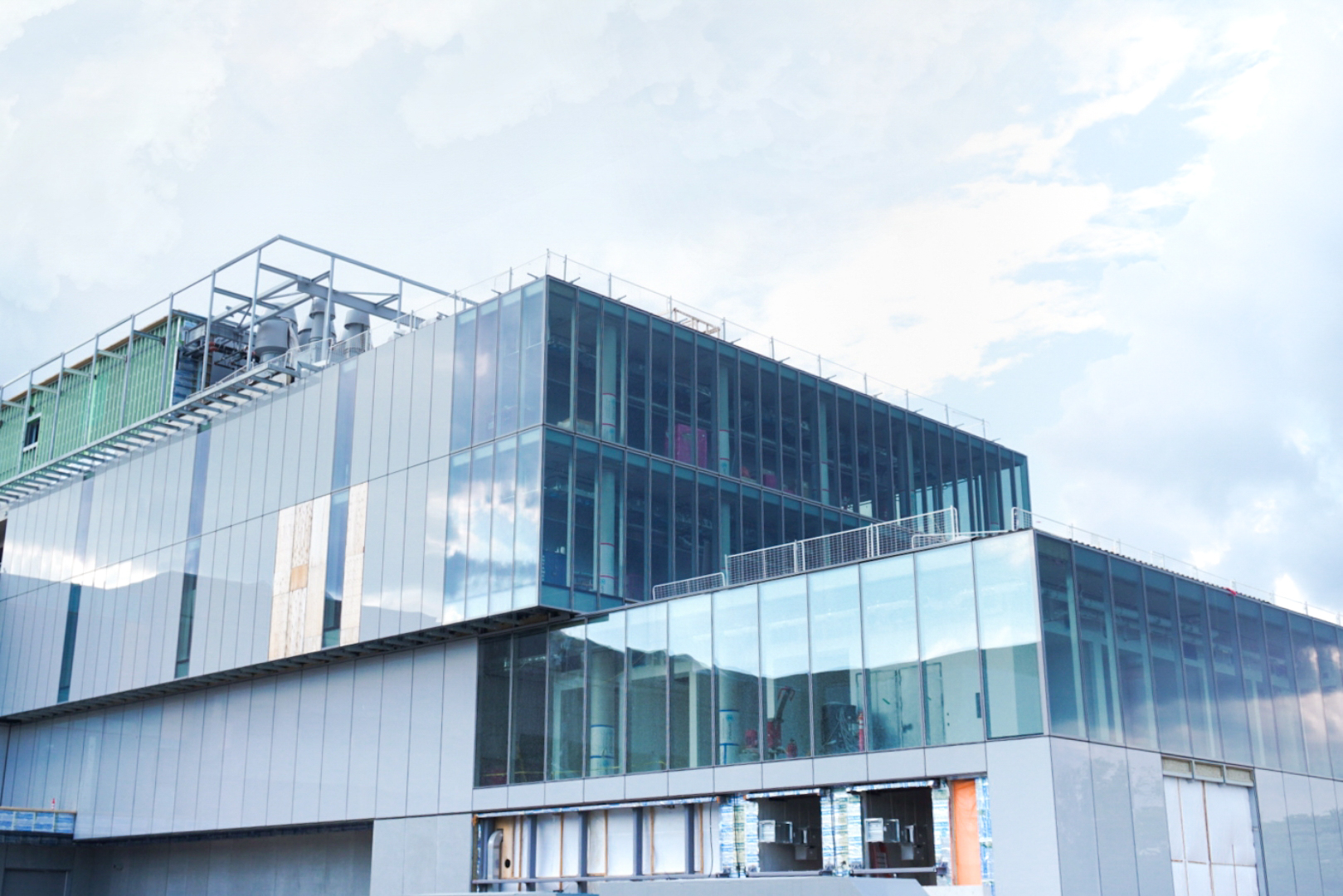UTM’s step towards the future of pharmaceutical innovation
The New Science Building will be home to the Centre for Medicinal Chemistry, which will use cutting-edge medical technology to create innovative solutions for diseases like cancer.
The University of Toronto Mississauga (UTM) continues to improve its contributions to the pharmaceutical and medicinal chemistry industry through the construction of the New Science Building, which will be home to the Centre for Medicinal Chemistry (CMC). The CMC will provide great opportunities for graduate and undergraduate researchers to get hands-on pharmaceutical experience through the process of drug discovery.
At its core, the CMC is an interdisciplinary centre for the development of new and advanced therapeutics targeting cancer and other diseases. The centre welcomes researchers from the fields of chemistry, biology, psychology, and computer science, introducing new perspectives to drug discovery. This unique approach will change the global landscape of pharmaceutical innovation. The goal of the CMC is to create compounds that are purpose-built to interrupt specific biochemical processes while avoiding harm to normal cellular functions.
The development of the CMC integrates a national network of leading health care institutions and researchers. The New Science Building will become home to the largest research facility at UTM, spanning approximately 170,000 square feet with a variety of commodious lab spaces, including a spacious analytical chemistry laboratory. The targeted focus of developing cancer therapeutics from initial computational designs, and the definitive animal trials make the CMC unique in Canada.
“There is a demand for an innovative research centre that has a goal of driving lead therapeutic compound candidates to advanced pre-clinical trials, which is the last stage in the drug development process before human testing, and one that very few academic labs are equipped to reach and generally requires an outsource,” says Lubna Abu-Jazar, the laboratory technician and lab lead for the CMC. “At a larger scale, we will be able to produce at higher throughput, accelerating the drugs forward with the state-of-the-art facility, equipment, and instrumentation,” she explains.
The CMC promises to develop a larger library of lead compounds, which will result in more therapeutic candidates that will advance to clinical trials to fight all forms of cancer, as well as other under-mapped diseases.
The Gunning Group, led by Dr. Patrick Gunning, chemistry professor at UTM, has played a prominent role in the creation of the CMC. The fundamental goal of the group is to develop better treatment and diagnostic options for the most under-explored human diseases. Gunning and his research team continue to design lead compounds that have the potential to be turned into cancer-fighting drugs.
In the past five years alone, the Gunning Group has moved four lead compounds to advanced pre-clinical trials. It is hoped that through these successes, researchers may devise methods to dramatically reduce the time and cost of developing lead compounds.
Students may join the CMC in becoming part of UTM’s cutting-edge innovation in cancer research by the summer of the 2023.
“The ultimate goal is to provide efficient and readily available anti-cancer therapeutics to patients,” says Abu-Jazar. Prospectively, the CMC also aims to inspire entrepreneurship among chemists through the rise of spin-off pharmaceutical companies that specialize in the targeting of different proteins associated with diverse, and insufficiently investigated diseases, utilizing the New Science Building as its springboard to launch towards its grand goals.

